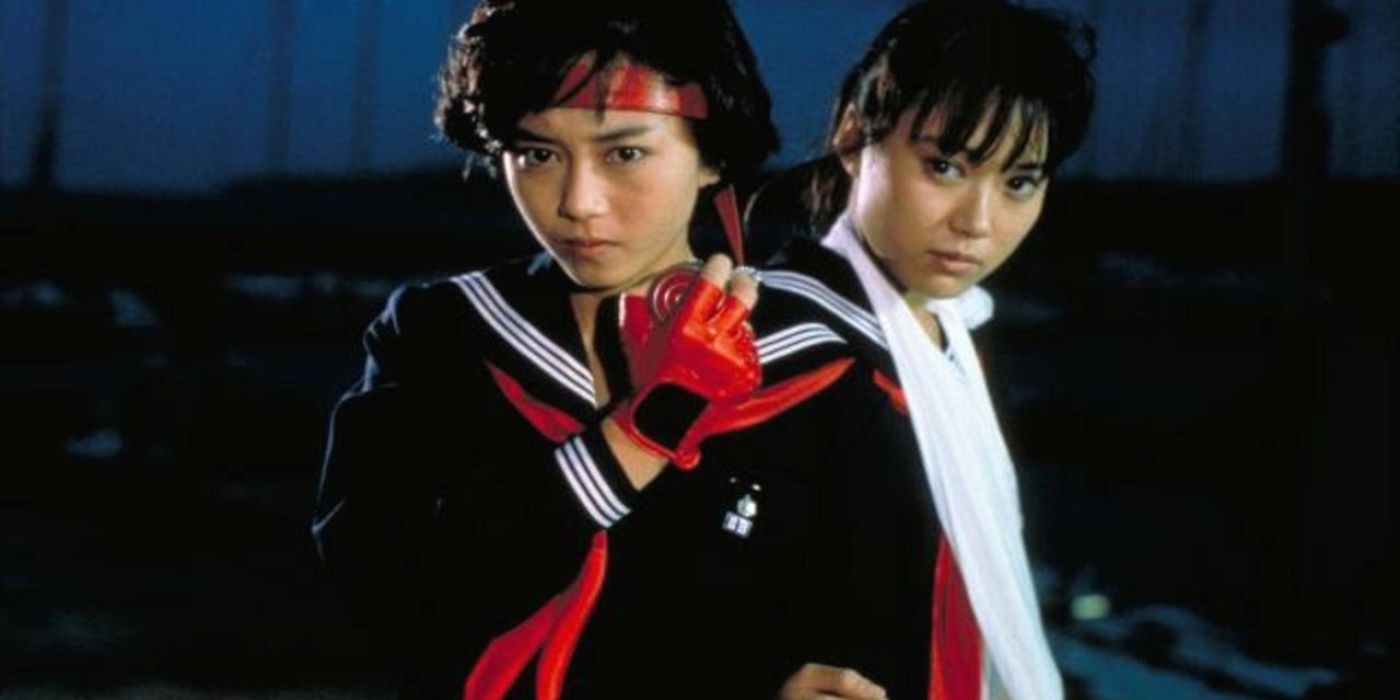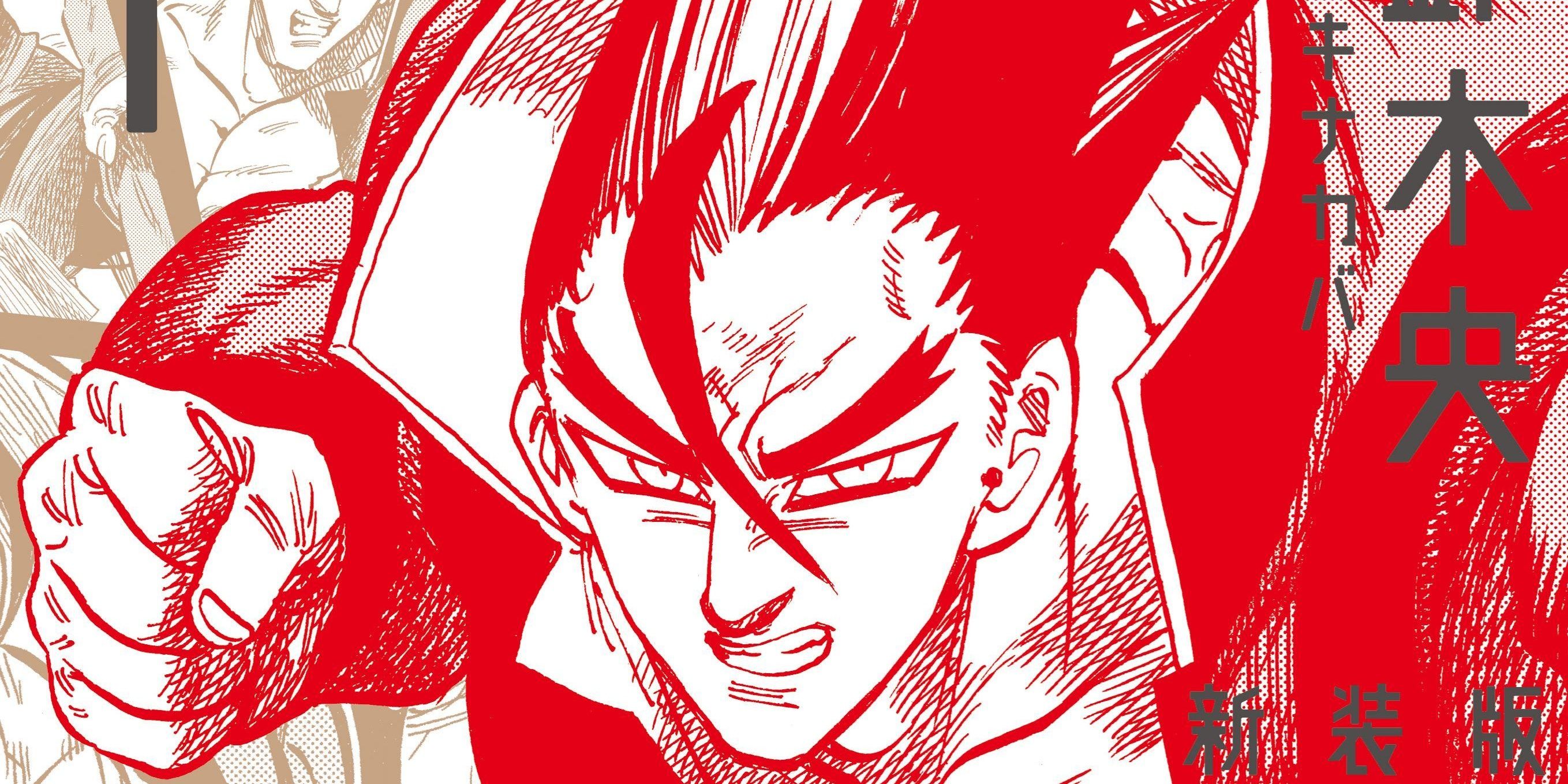Tokyo Revengers has become increasingly popular since the anime debuted back in April 2021, with many eagerly awaiting Season 2. The story of inter-gang relations and loyalty has played a major role in the series' success. This isn't the first time a series about delinquents saw widespread popularity. In fact, Tokyo Revengers is continuing to keep the delinquent genre of anime alive.
During the 1970s and 80s, popular seinen and shojo series also featured gang members as their protagonists. Titles such as Sukeban Deka, Hana no Asuka-gumi! and Otokogumi were among the most famous. The former two featured characters who were sukeban -- female delinquents or gang members. While there have been more recent titles featuring delinquent characters, such as Cromartie High School, the genre itself has slowly been dying out.
The rise of the genre reflected a rise in gang-related activity in Japan. During the 1960s, the yakuza and many smaller gangs were at their peak, although they rarely worked together. The yakuza focused on profits and crimes that would garner money, whereas most smaller gangs would simply cause chaos for its own sake. Because of the outlandish nature of these gangs, the yakuza tended to look down on them and their behavior. These smaller gangs would primarily be made up of teens and young adults, but there were some younger members as well. To them, delinquency was a lifestyle.
The sukeban groups started out as girls smuggling cigarettes into school but eventually grew to commit larger, more destructive crimes. They were at their peak during the 70s when their male counterparts, the bancho, were declining. At one point, as many as 20,000 girls were said to have been part of the Kanto Women Delinquent Alliance. Despite their chaotic nature, these gangs still had strict codes of conduct for members to follow, with a large emphasis on loyalty.
They would dye and perm their hair, usually blonde or another bright color, and wear their uniforms with rolled-up sleeves and elongated skirts. They would also cut their shirts to show off their midriffs. They could also be seen wearing badges or pins with their gangs' symbols or have the kanji sewn onto their clothes. Eyebrows were usually plucked thin, and they rarely wore makeup. One of the most recent examples of a sukeban would be Uo from Fruits Basket.
The bancho was the male equivalent to the sukeban. They would also dye their hair bright colors and style it into a pompadour. This term mostly applied to middle and high school students who were leaders of local gangs. Elementary school members were referred to as gakitaisho. The members not in a leader position were called yankii, which could also be applied to female members. They would wear long biker coats with their gangs' kanji or mottos embroidered on them, similar to the sukeban. They were also considered biker gangs (bosozoku gangs), as they would ride loud, modified motorcycles through the cities, revving their engines or honking horns in patterns to signal which gang they were a member of. Kuwabara from Yu Yu Hakusho is a good example of a bancho.
While there are still members of these gangs today, they are nowhere near as strong as they used to be. While these groups were declining, the popularity of stories featuring them began to rise. Manga, anime and even live-action series with plots revolving around the gang lifestyle were produced and saw relative success. However, over the years, these characters were largely pushed to the sidelines in favor of more relatable or likable protagonists. Still, it's possible that the success of Tokyo Revengers will revive the delinquent genre, breathing new life into these types of storylines.




